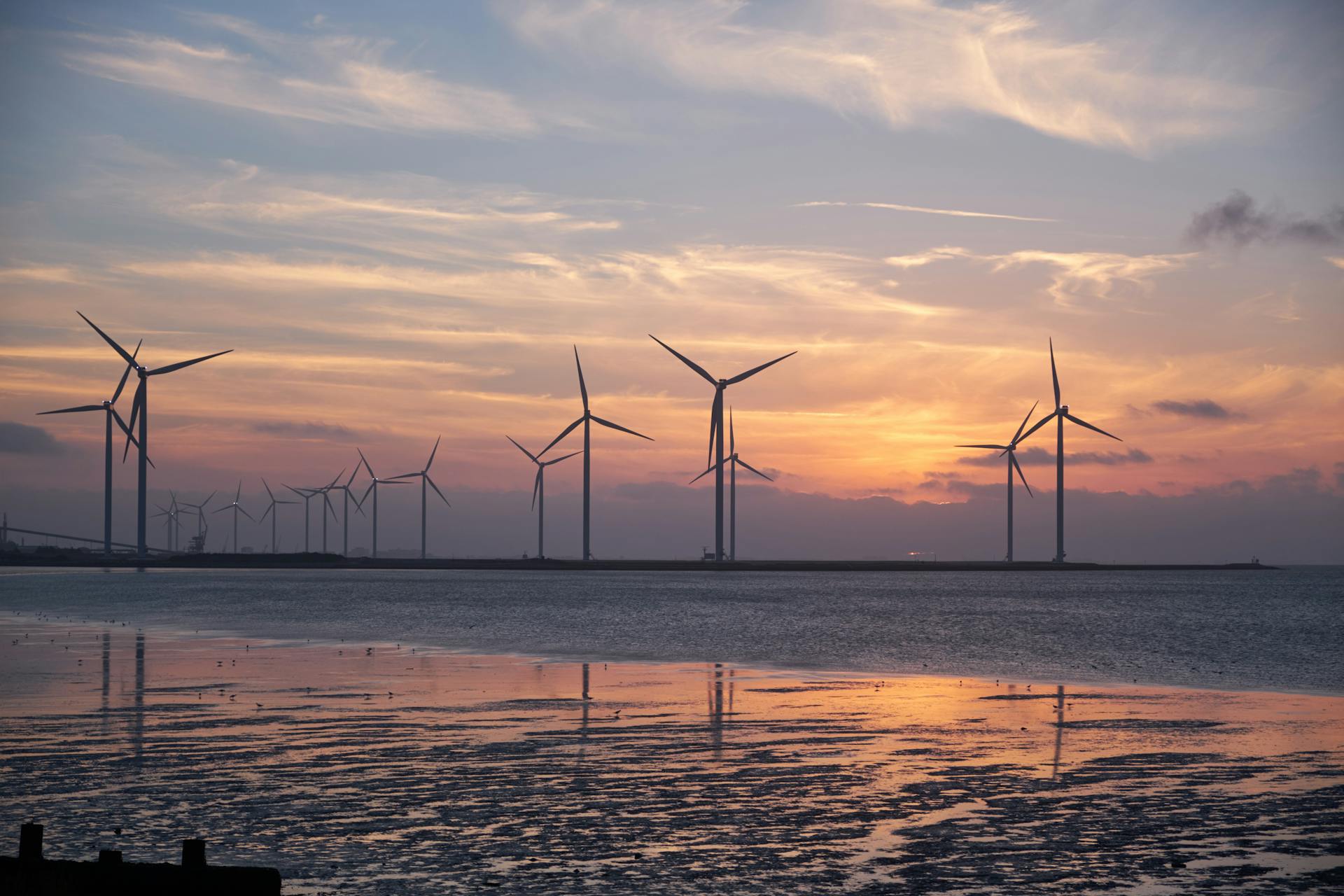A collaboration between the Fraunhofer Institute for Integrated Circuits IIS and the Fraunhofer Institute for Wind Energy Systems IWES has produced a novel sensor system capable of identifying internal damage within wind-turbine rotor blades—potentially redefining standards in maintenance for offshore wind farms. Conducting maintenance at offshore wind sites remains both complex and costly. Inspections are logistically challenging, and rotor blades are often replaced preemptively—based solely on suspicion—at a cost exceeding €200,000 per blade per incident.
The breakthrough centers on acoustic emission (or structure-borne sound) sensors fitted internally on rotor blades. These sensors detect surface waves generated by structural anomalies such as cracks, breaks, or erosions. Key to the system is a purpose-built chip, designed by the Dresden-based analog integrated-circuit design team at Fraunhofer IIS. This chip filters raw acoustic data in real time, isolating key damage signatures and significantly reducing the volume of data required for transmission over mobile networks.
“Our objective is to monitor rotor-blade integrity from a distance, thereby enhancing the availability and failure resilience of wind turbines,” says Björn Zeugmann, group manager at Fraunhofer IIS’s analog IC design division. This forms an extension of earlier work by Fraunhofer IWES on acoustic surface-wave detection in composite structures. By continuously “listening” for specific acoustic events, the system enables early diagnosis of damage while avoiding full-scale blade replacements based on suspicion alone. Reducing such premature interventions can generate substantial savings, particularly for offshore installations that face relentless exposure to harsh conditions.
Moreover, the localized, low-data signature approach allows for efficient, real-time condition monitoring—a key enabler for predictive and condition-based maintenance strategies. Though primarily rooted in renewable-energy infrastructure, the technological principles behind this system—miniaturized sensing, edge-based data processing, and fault detection—resonate strongly with trends driving Industry 4.0.
At EMO Hannover 2025, the world’s premier trade fair for production technology (scheduled September 22–26, 2025, in Hanover), visitors can expect to see a surge in solutions emphasizing energy-efficient manufacturing, IoT-enabled condition monitoring, and AI-driven predictive maintenance. While the Fraunhofer sensor system itself may not be showcased at EMO, attendees should find conceptual parallels in the fair’s Sustainability Area, where exhibitors are presenting technologies aimed at integrating renewable energy considerations, circular economy principles, and digital process chains into modern metal-working and automation systems. In particular, visitors interested in predictive asset performance and reduced downtime—whether in manufacturing or energy generation—will benefit from exploring demonstrations of intelligent sensor systems that “listen” to equipment, much like Fraunhofer’s acoustic-based blade monitors.
Title photo from Pixabay on Pexels
< Back to Ecological Preservation
> Here is one of the places where the issuer of a news item is branded.
> Tap buttons or logos to be redirected to the issuers profiles or pages.






